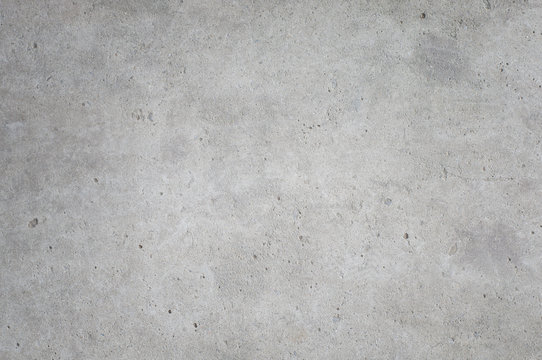Concrete Repair and Maintenance: Keep Your Structures Solid and Long-Lasting
Concrete Repair and Maintenance: Keep Your Structures Solid and Long-Lasting
Blog Article
Unveiling the Eco-Friendly Advantages of Utilizing Recycled Concrete in Lasting Building Practices
In the realm of sustainable construction techniques, the utilization of recycled concrete stands as a pivotal yet often underestimated resource. Past its traditional applications, recycled concrete deals a myriad of environmentally friendly benefits that extend far beyond the boundaries of conventional building products.
Ecological Advantages
Undoubtedly, one of the most considerable benefits of utilizing recycled concrete is its positive impact on the atmosphere. By integrating recycled concrete into construction practices, there is a substantial decrease in the requirement for new raw materials, bring about conservation of natural deposits. This process aids in preserving aggregates, water, and power that would certainly have been used in producing new concrete. Furthermore, using recycled concrete lessens the quantity of waste being sent to garbage dumps, thus decreasing ecological air pollution and easing the pressure on landfill capabilities.

Moreover, the production of standard concrete is a substantial resource of carbon discharges because of the energy-intensive procedure of concrete production. In contrast, recycled concrete has a reduced carbon footprint as it reduces the demand for new concrete production. This reduction in carbon discharges contributes to mitigating climate change and supports sustainable construction methods. Overall, the environmental advantages of utilizing recycled concrete are considerable and play a critical function in promoting environmentally friendly building and construction methods.
Cost-Efficiency
Accomplishing cost-efficiency is a critical factor to consider when evaluating the utilization of recycled concrete in building projects. One of the essential benefits of utilizing recycled concrete is its cost-effectiveness contrasted to typical concrete. The production of recycled concrete includes much less power and sources as it uses existing materials, decreasing the overall job prices considerably. Additionally, the availability of recycled concrete locally can additionally decrease transportation costs, making it a more economical choice for construction projects.
Furthermore, the use of recycled concrete can result in savings in garbage dump costs by diverting concrete waste from disposal sites. This not just minimizes the environmental effect yet also removes the costs related to waste elimination. Furthermore, the longevity and efficiency of recycled concrete approach traditional concrete, making certain that cost savings do not compromise the top quality of the building.
Sturdiness and Strength
Recycled concrete deals similar, if not remarkable, sturdiness and strength buildings to typical concrete - Concrete. Via developments in handling methods and high quality control, recycled concrete can satisfy or exceed the performance criteria of conventional concrete.

Waste Decrease
Reliable waste reduction techniques play a vital function in the lasting application of resources within the building sector. When it pertains to making use of recycled concrete, waste decrease is a crucial benefit that adds dramatically to ecological preservation. Conventional building techniques typically create substantial amounts of waste, specifically in the form of concrete debris from demolition websites. By incorporating recycled concrete into building tasks, this waste is repurposed and diverted from garbage dumps, lowering the general environmental impact of construction activities.
In addition, the usage of recycled concrete can lead to set you back financial savings for building and construction tasks, as it is commonly much more visit this site right here budget friendly than sourcing and transporting brand-new materials - Concrete. In conclusion, waste decrease via the application of recycled concrete is a vital element of sustainable building and construction practices that benefits both the setting and the building and construction sector as a whole.
Power Conservation
When it comes to using recycled concrete in building and construction, substantial power cost savings are attained contrasted to conventional concrete manufacturing. The process of generating recycled concrete involves squashing and recycling existing concrete products, which takes in much less energy than mining, processing, and delivering raw products for new concrete manufacturing.
Verdict
To conclude, the usage of recycled concrete in lasting building practices supplies many environmental advantages, cost-efficiency, resilience, strength, waste decrease, and power preservation. By integrating recycled concrete into building jobs, we can contribute to a much more ecologically pleasant and sustainable future. It is essential for the construction market to prioritize the usage of recycled products to help minimize the ecological influence of construction activities.
One of the crucial benefits of utilizing recycled concrete is its cost-effectiveness compared to traditional concrete.Moreover, the usage of recycled concrete can lead to savings in garbage dump costs by drawing away concrete waste from disposal websites. The durability and efficiency of recycled concrete are comparable to traditional concrete, ensuring that expense savings do not endanger the top quality of the building.

Report this page